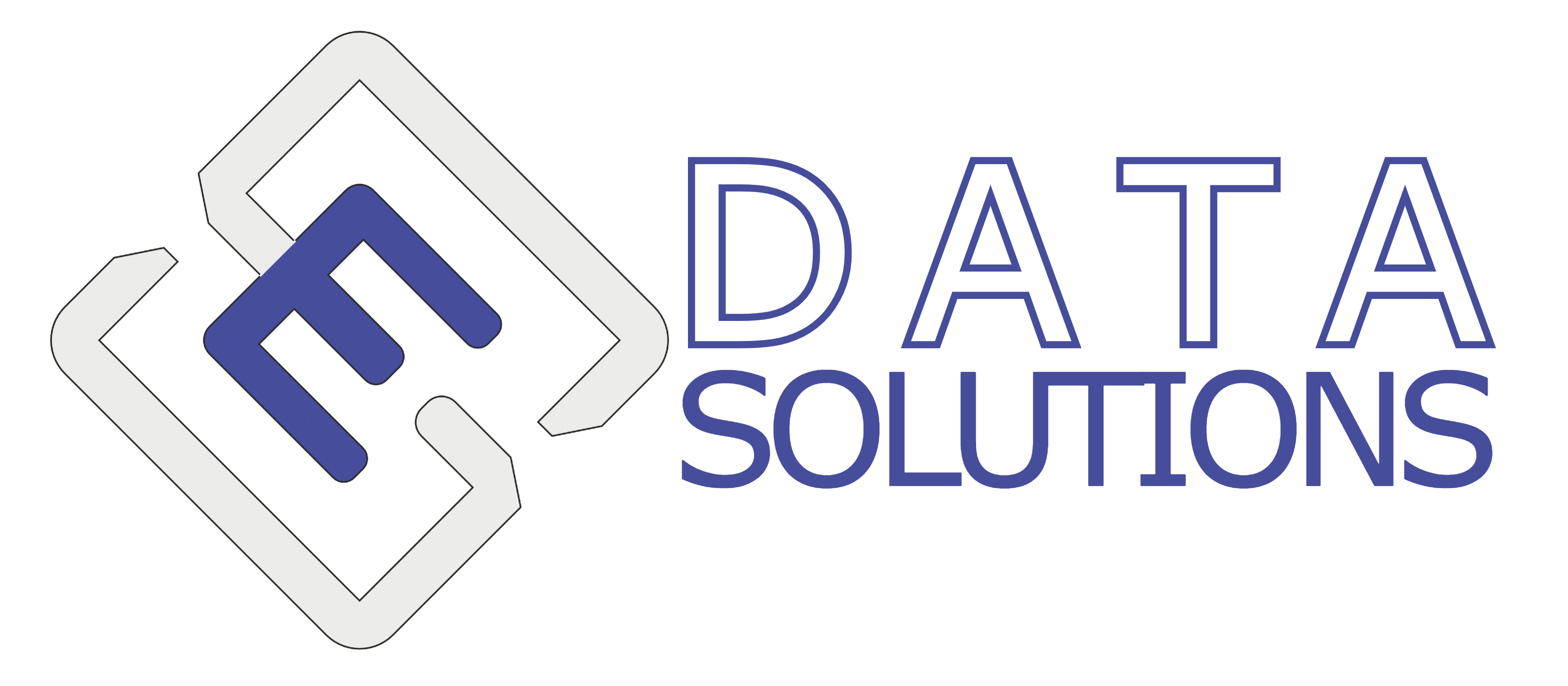
The aim of this comprehensive training programme is to provide participants with a thorough understanding of statistical concepts, from basic to advanced levels. The training is designed to build a strong foundation in statistics and progressively cover more complex topics, ensuring that participants can apply statistical methods effectively in various real-world scenarios. Each phase of the training includes a mix of lectures, interactive sessions, and hands-on exercises. Participants will have access to sample datasets to practise applying statistical methods using software tools like R, Python, SPSS, or Excel.
- Basic Statistics:
- Introduction to Statistics: Overview of statistics and its applications.
- Descriptive Statistics: Understanding types of data, measures of central tendency (mean, median, mode), and measures of variability (variance, standard deviation).
- Basic Probability: Introduction to probability concepts, including independent and dependent events.
- ….
- Intermediate Statistics:
- Inferential Statistics: Hypothesis testing, p-values, confidence intervals, and significance testing.
- Correlation and Regression Analysis: Exploring relationships between variables, understanding correlation coefficients, and building linear regression models.
- ANOVA (Analysis of Variance): Understanding and applying ANOVA to compare means across multiple groups.
- …
- Advanced Statistics:
- Multivariate Analysis: Techniques such as multiple regression, factor analysis, and cluster analysis.
- Time Series Analysis: Understanding trends, seasonality, and cyclic patterns in data over time, using methods like moving averages and ARIMA models.
- Non-parametric Methods: Techniques that do not assume a specific data distribution, useful for analysing ordinal data or data with outliers.
- …
Lectures: Detailed explanations of statistical concepts, supported by visual aids and real-world examples.
Hands-on Exercises: Practical exercises using statistical software to analyse data, interpret results, and draw conclusions.
Outcome
By the end of this training programme, participants will:
- Have a solid understanding of fundamental and advanced statistical concepts.
- Be proficient in using statistical software to perform a wide range of analyses.
- Be able to apply statistical methods to real-world data, interpret results accurately, and make informed decisions.
- Gain confidence in designing experiments, conducting surveys, and analysing complex datasets.

